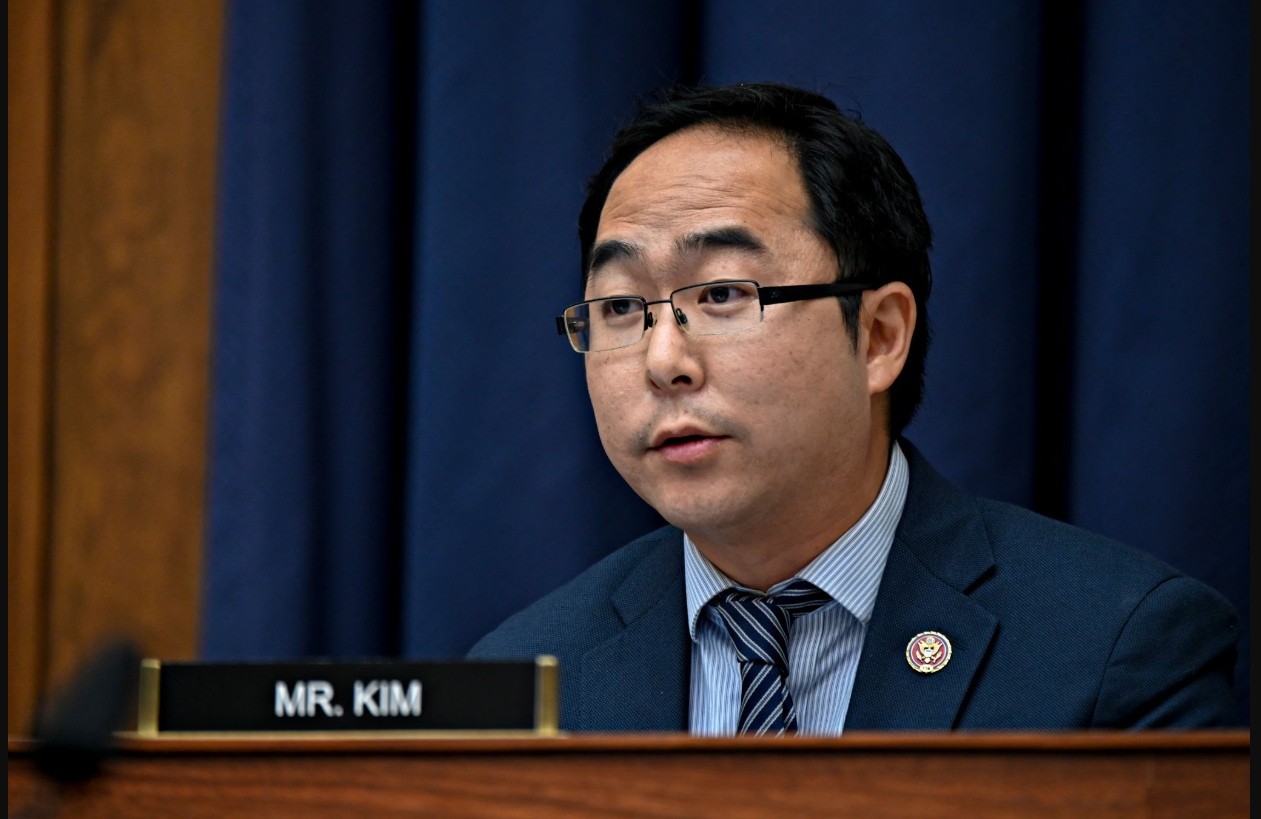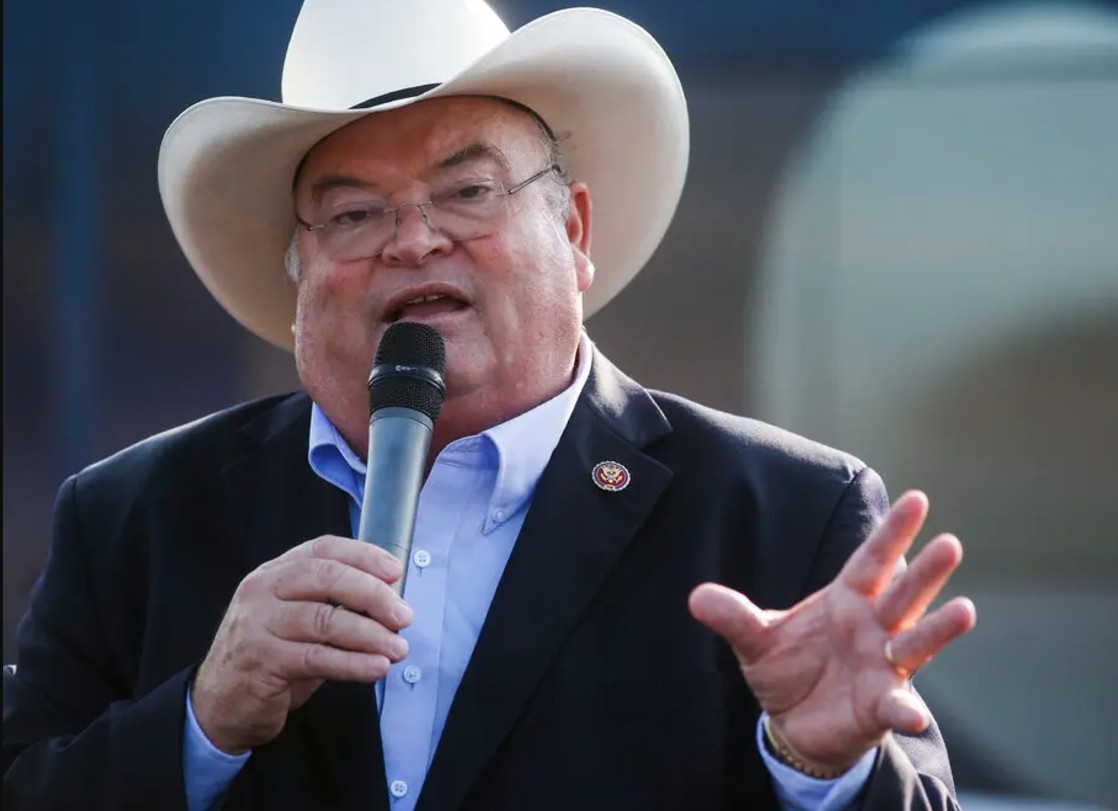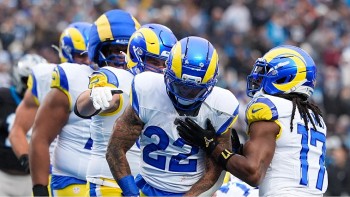Who is Daisuke Inoue - Inventor of the First Karaoke Machine
| Contents |
The man who taught the world how to sing karaoke died after a fall
Shigeichi Negishi is probably a strange name to almost everyone in the world, even to those who entertain themselves every day with his karaoke invention. Recently, this businessman's daughter said that he passed away from a fall in January 2024 (100 year-old).
Although Shigeichi Negishi has passed away, his invention has brought people around the world a wonderful experience with music that people still use to this day.
Editor Note: Musician Daisuke Inoue launched Karaoke Juke 8 in 1971 and is often credited as the inventor of karaoke. However, research experts show that it was Negishi who first came up with the idea of connecting microphone, speaker and tape head together to play music.
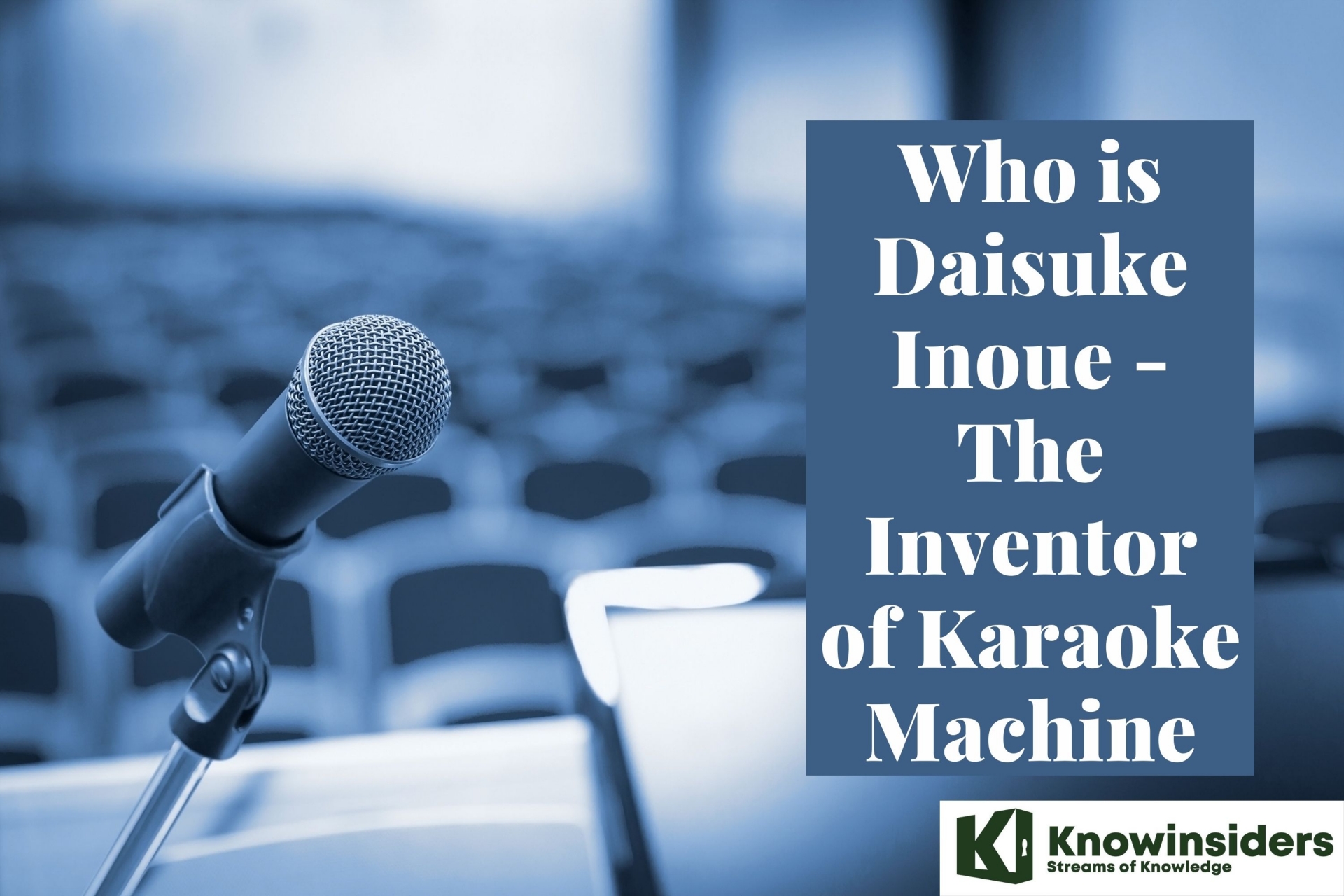 |
| Who is Daisuke Inoue - The Inventor of Karaoke Machine |
1999 saw the Japanese Daisuke Inoue listed as one of the "most influential Asians of the century" by the magazine TEAM. But he only jumped to the periphery of fame in Asia, and his life has since passed there.
He was awarded an Ig Nobel Prize five years later, which recognizes exceptionally bizarre and absurd advances in science, technology, and society. Although Inoue invented the device that made him famous in the early 1970s, it has shown that its influence endures to this day. History now recognizes him as the creator of the karaoke machine, an assisted singing device that the Ig Nobel committee described as a completely new means of teaching people to tolerate one another when it awarded its Peace Prize.
And the reason for this is that early in the 1970s, Inoue created the karaoke machine, an assisted singing device that has been hailed as a revolutionary approach to teaching people to tolerate one another.
What Country Does Karaoke Come From?
The term "karaoke" simply describes the practice of amateur singers singing along to instrumental music, and it is said to have originated in Japan. It is said to have started at a snack bar in Japan when a scheduled performer was unable to go through with their scheduled performance. Instead, the proprietor of the snack bar asked patrons to sing while he played some instrumental music that had been recorded.
What's the origin of the word 'karaoke'?
The Japanese words "kara" and "oke," which mean "okesutura" or orchestra and "kara" and "karappo," respectively, are the sources of the word "karaoke." Karaoke songs are usually recordings of music without the vocalist's voice. It is rumored to have started at a Japanese snack bar when a booked performer was unable to show up. The owner of the bar asked patrons to join in on recorded music. According to some, it all began in the 1970s when a Japanese singer by the name of Daisuke Inoue recorded songs and offered them for sale so that listeners could sing along.
Who Invented the Karaoke Machine?
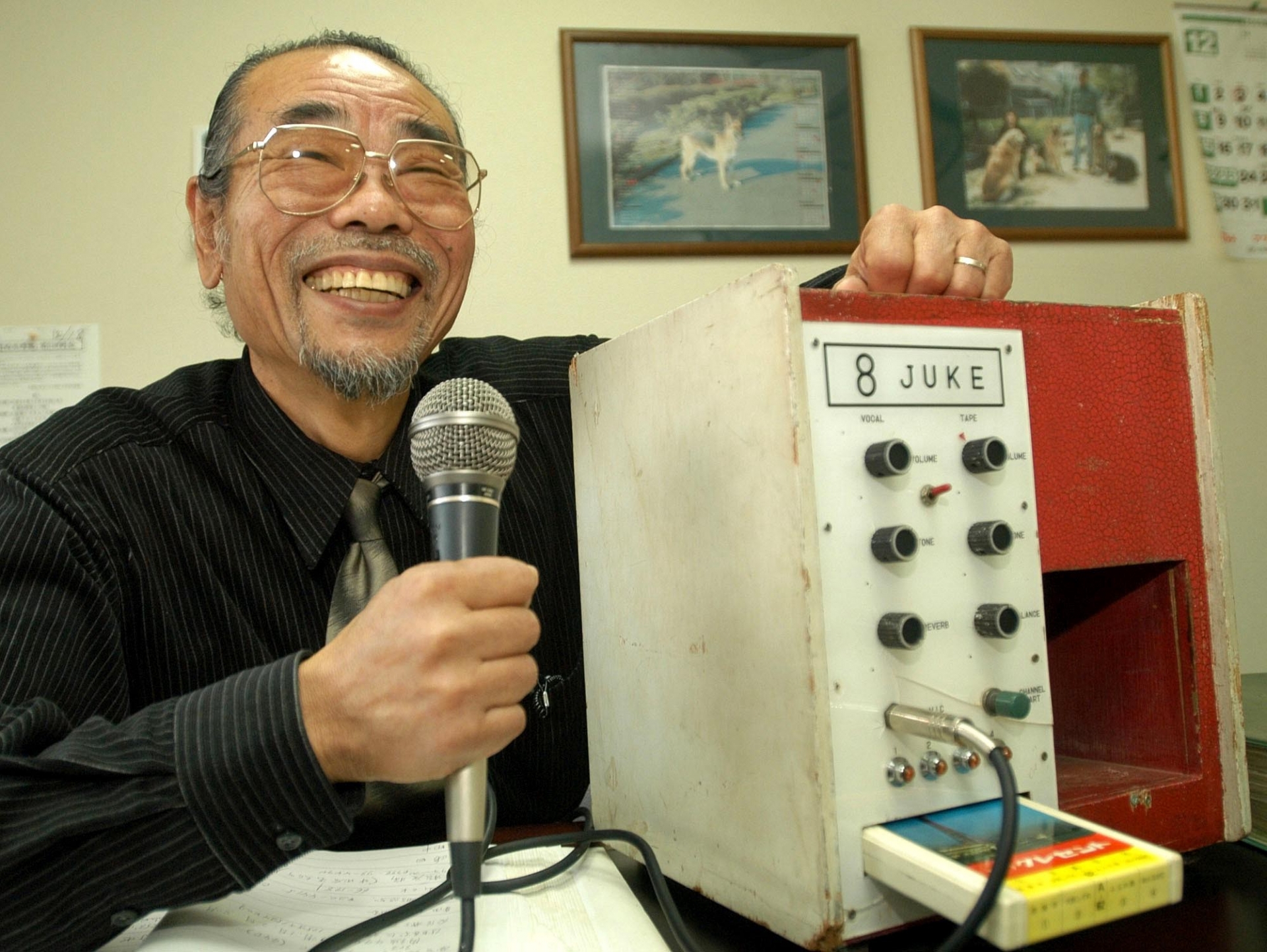 |
| Photo: openculture |
We now know that a snack bar owner in Japan created karaoke for the first time, but who created the karaoke machine? The karaoke machine was created in Japan in 1971 by musician Daisuke Inoue. Keyboardist Inoue once provided backing music for singers in a club by playing the piano and drums. He turned down an invitation to go on a musical excursion with someone and instead sent them an instrumental tape so they could perform together. He continued by creating the 8 Juke, the original karaoke machine. It has a coin-operated stereo, microphone, amplifier, and stereo.
Daisuke Inoue Background
Diasuke Inoue was born in Osaka, Japan on May 10, 1940. He was raised in Nishinomiya, the son of a pancake vendor with a stall behind a train station.
Daisuke Inoue Career
The machine was created by Inoue, a musician in his youth who supported businessmen who desired to sing in bars, enabling them to do so without live backing. Although he did not receive any direct financial benefit from the machine's patent, he persisted in working in the industry it created, going so far as to patent a pesticide for karaoke machines. Since he was not very good at the drums when he started playing in high school, he took on the business management of his band, which played background music in a club for businessmen who wished to perform live.
The term "empty orchestra" refers to the basic idea of karaoke that he came up with when a client asked Inoue to support him on a business trip that Inoue was unable to attend.
Instead, he gave the businessman a taped accompaniment. Believing that the concept would be popular everywhere, he started renting eleven machines, which he and some friends had assembled with tapes and amplifiers, to bars in Kobe in 1971.
They became well-liked, and a trend started. Since Inoue failed to obtain a patent for his creation, he was unable to directly benefit from the idea that ignited a lucrative sector.
He persisted in his work, creating a pesticide to ward off rats and cockroaches that wreak havoc on karaoke machines' electronics.
He owned a company in the 1980s that obtained music licensing for eight-track karaoke machines. When eight-track karaoke became obsolete in the 1990s, Inoue focused his business on partnering with Daiichikosho, the leading karaoke company at the time. Although he was making a good living as the company's chairman, he left the company due to a depressive episode. Inoue then went on to form the All-Japan Karaoke Industrialist Association.
Despite his claims to have invented the karaoke first in 1971, Roberto del Rosario's early patent application is missing, and he was granted patents in 1983 and 1986.
Time Magazine then named Inoue as one of the Asian influences on his invention of the karaoke.
| In 1999, Time magazine honored Mr. Daisuke in the "Top 20 Asian figures of the 20th century". This took him by surprise. |
Why did Daisuke Inoue Invent Karaoke Machine?
Initially, Inoue was a drummer in a band, but he quickly gained notoriety as "Dr. Sing-along" because, unlike other groups, he and his companions got very close to the executives, encouraging them to sing and have fun, creating an environment that was unmatched.
The doctor was soon in such high demand that, when a regular client asked him to support him during a business trip, Inoue was unable to attend. Instead, he created a tape that allowed the man to continue having fun on his trip, which became so popular that it didn't take long to build up a strong demand.
Inoue started to believe that this concept might be popular after all. Thus, he created what was unknowingly the first karaoke machine, an apparatus known as 8 Jukes that was essentially a Jukebox turned upside down.
"Most of the time, we view the stars in our lives through media. We all aspire to be celebrities. According to Daisuke Inoue, the man who created the first karaoke machine, "you can be a star with a microphone in your hand."
Daisuke didn't think it was anything more than a quick buck at the time, but his brother-in-law suggested he get a patent when he invented the first Juke 8. But as time went on, the victory was harsh and the inventor's request was exceeded.
He did not think his invention was patentable because it was assembled using off-the-shelf parts, and he was unaware that at least one other similar device had already been constructed worldwide. He soon found himself without money and without a patent as the days went by and there were fewer and fewer calls.
Inoue invented "the whole package of custom hardware and software that allowed karaoke to happen from being a local fad to a huge global business," despite the setback and the creator's own admission that the activity would not have taken off as it did if he had carried it out.
Karaoke's ultimate impact on the fantasy lives of both Japanese and Westerners will never be fully understood, but nothing can deny the Japanese the credit for inventing the device that made the world sing—Daisuke received the 2004 Peace Nobel Prize from the University of Harvard, which honors particularly bizarre and absurd advances in science, technology, and culture—for "inventing karaoke, thereby providing an entirely new way for people to learn to tolerate each other."
It is well-known worldwide today, despite the fact that Inoue never claimed to be the name's creator. There's no denying that karaoke has become a huge success in Japan. The estimated value of the global karaoke market is close to $10 billion.
Daisuke Inoue Achievements
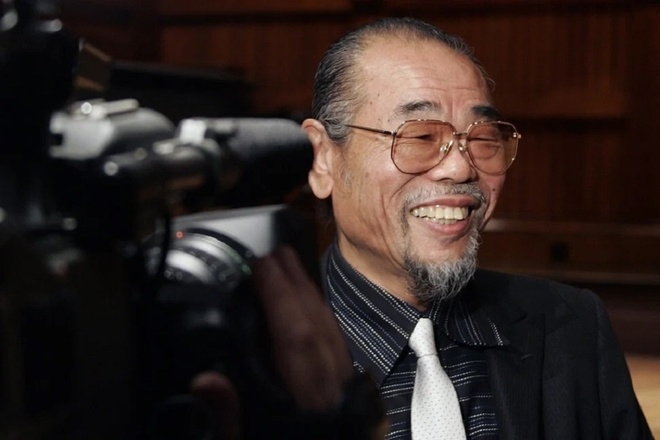 |
| Photo: thanhnien |
A Singaporean television channel first made public Inoue's involvement with karaoke in 1996. Time Magazine named Inoue one of "The Most Influential Asians of the Century" in 1999, acknowledging his contribution to the emerging global phenomenon. Time author Pico Iyer wrote, "Inoue transformed its nights, much as Mao Zedong or Mohandis Gandhi changed Asian days."
Inoue gained international media attention after being featured by Time. When Inoue invented karaoke in 2004, she went to Harvard University to accept the Ig Nobel Peace Prize, opening up a whole new avenue for people to learn to tolerate one another. He received a standing ovation for his performance of "I'd Like to Teach the World to Sing" there. Marc Abrahams, the master of ceremonies, said it was the longest standing ovation the Ig Nobels had ever witnessed. In response, the mostly Nobel Prize winners in attendance serenaded Inoue with a chorus of "Can't Take My Eyes off You." The 2005 film Karaoke, a fictionalized biographical picture of Inoue, was directed by Hiroyuki Tsuji.
How is Modern Karaoke?
Since then, karaoke has become more and more popular worldwide. The quality of karaoke machines has significantly improved, especially for home use, thanks to the rise of companies like Singing Machine, Karaoke USA, and ION audio. The formats of karaoke instrumentals have also undergone a revolution, moving from CD+G to online options like YouTube and karaoke apps during the past ten years. The advancement of technology has led to more sophisticated methods of playing karaoke at home utilizing only smart devices and all-in-one karaoke microphones, which has increased the popularity of karaoke even further.
Amazing Karaoke Facts
♦ Karaoke began in the 1970s thanks to a Japanese restaurateur turned inventor, Daisuke Inoue.
♦ The most requested karaoke song depends on who you ask and where you are, but reportedly the top five of all time include Summer Nights - Grease, Let it Go - Idina Menzel, Sweet Caroline - Neil Diamond, Billie Jean - Michael Jackson and Bohemian Rhapsody - Queen.
♦ According to the Japanese Visitor’s Center there are more than 100,000 karaoke boxes in Japan.
♦ Philippines holds the title for the most in-home karaoke boxes with reportedly one in almost every home. Read more about karaoke around the world.
♦ Sinatra's famous My Way is prohibited in many bars in the Philippines as the lyrics, considered to be arrogant, have provoked attacks on its singers.
♦ Karaoke World Championships are real. Fifteen years and going strong, this year's championships will be held in Finland in November.
♦ China holds the record for the longest karaoke session with 456 hours, two minutes and five seconds (that’s 19 days!), and a record 6,281 karaoke songs sung.
♦ Karaoke means empty orchestra in Japanese.
♦ The Italian Leonardo Polverelli holds the Guinness World Record for the longest marathon karaoke. He sang 1,295 songs for four days straight (a total of 101 hours 59 minutes and 15 seconds.
♦ Singing karaoke has been proven to relieve stress, boost confidence and strengthen social connections. All proven ways to live a longer, happier life!
Why do people think that it was a Filipino invention?Well, the Karaoke Sing Along System, the first patented karaoke machine, was invented by a Filipino, Robert Del Rosario. The well-renowned inventor, who had 20 patents to his name, actually patented the karaoke machine in 1975. Unfortunately, the original creator Inoue never patented his idea, so was not credited with it’s initial invention financially. However, he did receive an IG Nobel Peace prize in 2004 for his invention. He was also named one of the “Most Influential Asians of the Century” by Time Magazine. |
 Who is Ana Maria Markovic: The World's Most Beautiful Footballer Who is Ana Maria Markovic: The World's Most Beautiful Footballer Ana Maria Markovic has been labeled the “world’s most beautiful footballer,” although she dismisses the title as “sexy”. Read more to know her age, life, ... |
 Who Is Oleksandr Zinchenko: Early Life, Education, Career, Personal Life and Net Worth Who Is Oleksandr Zinchenko: Early Life, Education, Career, Personal Life and Net Worth Oleksandr Volodymyrovych Zinchenko (Ukrainian: Олександр Володимирович Зінченко; born 15 December 1996) is a Ukrainian professional footballer who plays as a defender or midfielder for Premier ... |
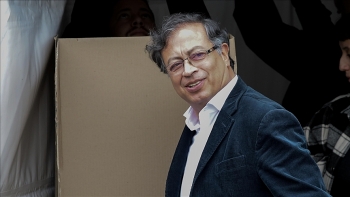 Who is Gustavo Petro - Colombia’s President: Biography, Personal Life, Political Career Who is Gustavo Petro - Colombia’s President: Biography, Personal Life, Political Career Find out the full biography, personal profile, family, career, net worth, etc of Colombia’s new President, Gustavo Petro. |

